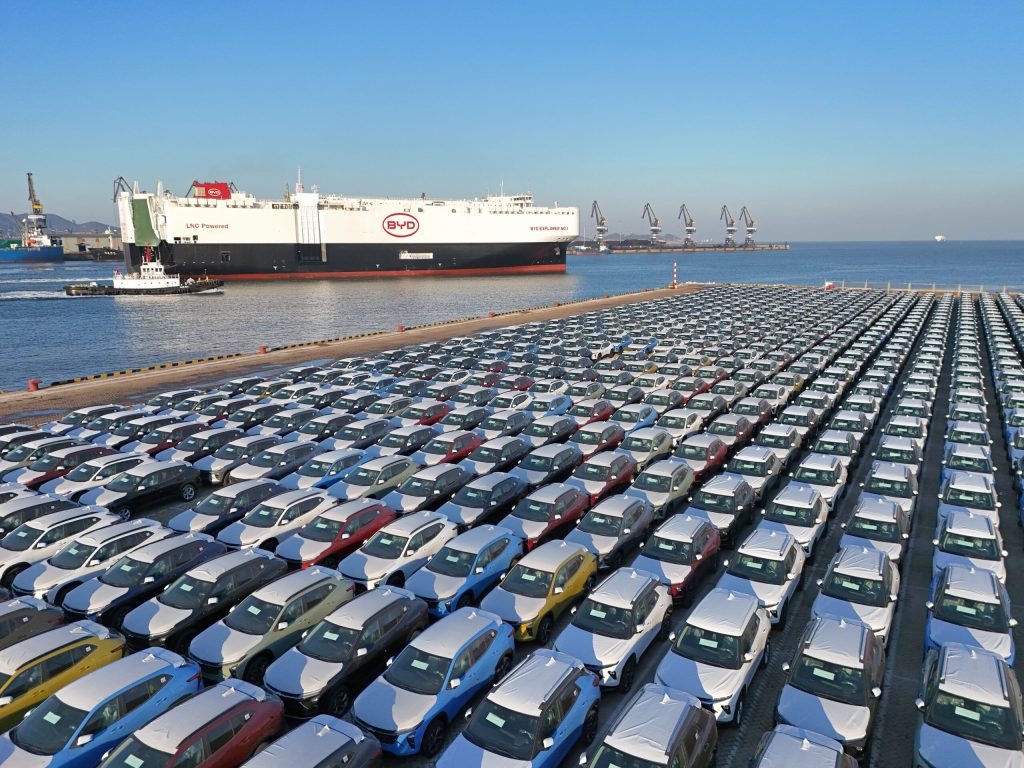

**In-Depth Analysis of Diminished Tariffs on Imported Vehicles**
The worldwide automobile sector has experienced notable changes over recent decades, with global trade significantly influencing market behavior. A crucial element affecting vehicle imports is the tariffs levied by governments. Recently, numerous nations have been inclined to decrease these tariffs, intending to boost economic growth, improve consumer choices, and enhance international trade partnerships. This article delivers a comprehensive analysis of the diminished tariffs on imported vehicles and their consequences.
**1. Grasping Import Tariffs on Vehicles**
Import tariffs, also referred to as duties, are taxes imposed by a government on goods entering a country. These tariffs are designed to shield domestic industries from foreign competition, create revenue, and occasionally respond to trade practices seen as unjust. In terms of automobiles, these tariffs can greatly influence the pricing of imported vehicles, making them pricier compared to locally produced ones.
**2. Motivations for Lowering Import Tariffs**
Several reasons drive the choice to lower import tariffs on vehicles:
– **Economic Advancement**: Reducing import tariffs can result in heightened competition, which often leads to improved prices and quality for consumers. This can catalyze economic activity and expansion.
– **Expanded Consumer Options**: Lowered tariffs broaden the selection of vehicles accessible to consumers, granting them access to a wider array of models and technologies.
– **Trade Treaties**: Bilateral and multilateral trade agreements frequently include provisions that necessitate the reduction or elimination of import tariffs to encourage free trade.
– **Promoting Innovation**: By permitting a greater influx of foreign vehicles into the market, local manufacturers are stimulated to innovate and upgrade their offerings to stay competitive.
**3. Consequences of Reduced Tariffs**
– **Market Environment**: A cut in import tariffs can foster a more competitive market, enabling foreign car manufacturers to establish a stronger presence. This could challenge local manufacturers to enhance their products and services.
– **Price Decreases**: Consumers may reap the benefits of lower prices on imported vehicles, as reduced tariffs lower the overall expenses associated with bringing these cars into the country.
– **Economic Considerations**: While consumers might enjoy lower prices, local industries may encounter difficulties. Governments often have to reconcile these competing interests, sometimes offering assistance to domestic manufacturers to bolster their competitiveness.
**4. Instances of Nations Lowering Import Tariffs**
– **India**: In recent years, India has contemplated lowering import tariffs on electric vehicles to encourage the uptake of greener technologies.
– **China**: China has gradually reduced tariffs on imported vehicles as part of its dedication to open its economy and in reaction to trade discussions.
– **European Union**: The EU has undertaken various trade agreements that encompass the reduction of tariffs on automobiles, easing access to international markets.
**5. Obstacles and Considerations**
– **Protection of Domestic Industries**: While lowering tariffs can favor consumers, it may disadvantage local car manufacturers who struggle to compete against foreign brands.
– **Revenue Reduction**: Import tariffs provide a source of government income. Decreasing them can lead to budget deficits unless offset by alternative means.
– **Environmental Issues**: The surge of more affordable cars, particularly older models, could pose environmental challenges if they fail to comply with local emission requirements.
**Conclusion**
The decision to reduce import tariffs on vehicles is multifaceted, involving the evaluation of the advantages of enhanced consumer choice and economic development against the potential difficulties encountered by local industries. As nations persist in navigating the complexities of global trade, the trend of lowering these tariffs signals a broader dedication to promoting global economic integration and offering consumers superior choices. Nevertheless, diligent evaluation and strategic planning are crucial to ensure that the advantages of such policies are maximized while alleviating any negative impacts.






